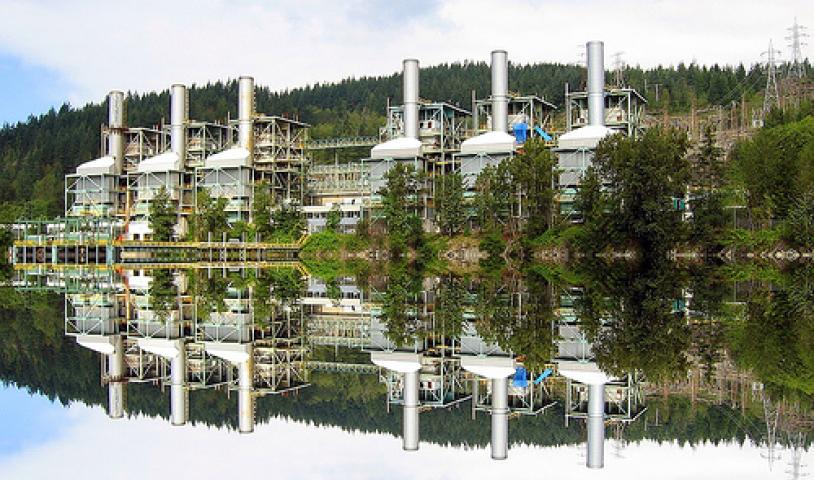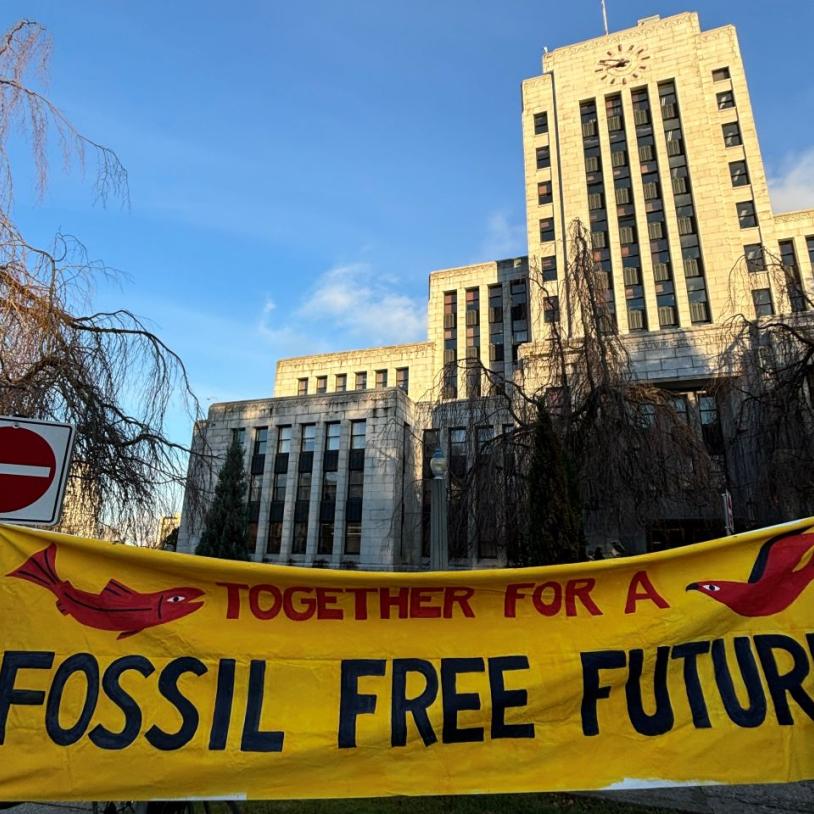GREEN SCENE: Why we need Port Moody's Burrard Thermal
Friday, August 14, 2009
On July 27, the BC Utilities Commission (BCUC) ruled that BC Hydro’s Burrard Thermal generating plant in Port Moody should continue to operate in its present mode. Since then, there has been a wave of negative commentary, mainly from private power producers and their supporters.
But an analysis of the facts shows the BCUC made the correct decision.
Burrard Thermal, located on the north shore of Port Moody, burns natural gas to generate electricity.
Built from 1961 to 1975 and improved, particularly with respect to its emissions, in the 1990s, Burrard Thermal continues to fulfill several critical roles for BC Hydro.
With a 900 megawatts (MW) capacity, it has the potential to generate approximately 10% of the electricity produced by BC Hydro, although it has rarely been used at full capacity.
Limited use has greatly prolonged its expected life span. In recent years, Burrard has generally operated for only a few weeks in the winter to meet demand when electricity use in B.C. is the highest.
When considering electricity, it’s important to distinguish between capacity measured in MW and generation measured in gigawatt hours (GWh). With a 900 MW capacity, Burrard could produce up to 6,000 GWh per year if it ran on a full-time basis with all six of its generating units in operation.
Since 2002, Burrard has been producing, on average, 300 GWh of electricity per year. While it would not be financially feasible to run a new generating plant at such reduced capacity, BC Hydro can afford to do this with Burrard, an older but well-maintained plant.
Burrard Thermal has three important functions that relate in part to its location in the Lower Mainland, the population centre of B.C.:
First, all the transmission lines feeding into the Lower Mainland require voltage stabilization and electrical synchronization. This role is now played by Burrard Thermal. If Burrard were closed, a facility would have to be built do this at a cost estimated, several years ago, to be approximately $80 million.
Second, Burrard provides critical emergency backup should there be problems elsewhere in B.C. with regard to electricity generation; for example, in low-water years or during forest fires or ice storms. BC Hydro can afford to keep Burrard on standby because it is an older plant. As recently as the winter of 2008, there was a period, during unusual ice conditions on the Peace River, when Burrard was needed. At that time, five out of the six generating units at Burrard were fully powered for a few days.
Finally, during winter peak demand periods, Burrard runs for several weeks, with, typically, two to four generating units in use. When BC Hydro’s main transmission line from the Interior is twinned in a few years, reliance on Burrard Thermal for this function may lessen but we will still require the Port Moody plant for emergency backup and voltage regulation.
It’s true that carbon dioxide, a greenhouse gas (GHG), is emitted whenever Burrard runs but Burrard’s current emissions don’t make a significant contribution to total provincial emissions.
Two cement plants in the Lower Mainland (both on B.C.’s top 10 list of single-point-source GHG emitters) each release about a million tonnes of carbon dioxide annually (about 3% of BC’s total emissions). Burrard, in a typical year, would generate less than a 20th of the total from these two plants.
While we urgently need to reduce GHG emissions in B.C., it would make far more sense to focus on reducing emissions from cars and trucks because transportation alone accounts for a massive 37% of our GHG emissions. Further, selective catalytic reduction units installed in the 1990s reduced nitrogen oxide emissions from Burrard by approximately 90%.
It’s no secret that private power producers in B.C. want Burrard Thermal shut down because that could increase the need for BC Hydro to purchase electricity from them. But the electricity they produce is not an adequate substitute for Burrard. In general, private producers only generate electricity on an intermittent basis when the wind blows or creeks flow. In particular, electricity generated at run-of-river facilities would not be available during peak winter demand periods because their high-elevation intakes would be frozen over.
The BC Utilities Commission noted that Burrard Thermal has support from both the city of Port Moody and the local community, and, thus, has a “social licence” to operate.
If Burrard Thermal continues to operate on a limited basis and provide critical backup whenever needed, I expect that local support for Burrard will continue to be strong.
Elaine Golds is a Port Moody environmentalist who is vice-president of Burke Mountain Naturalists, chair of the Colony Farm Park Association and president of the PoMo Ecological Society.





